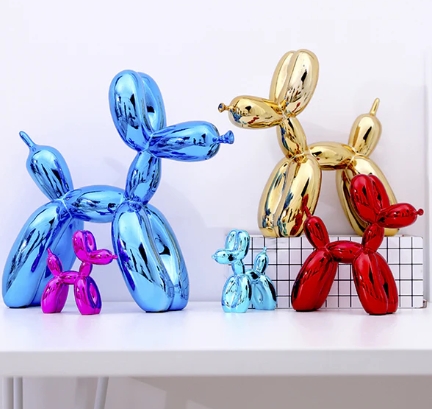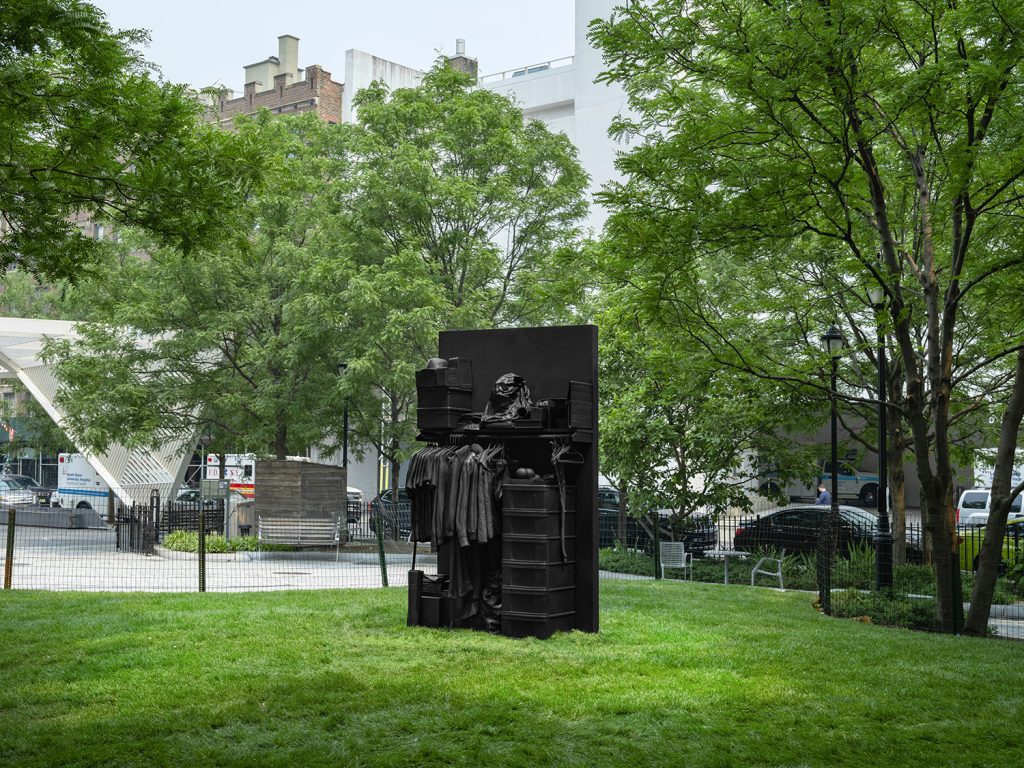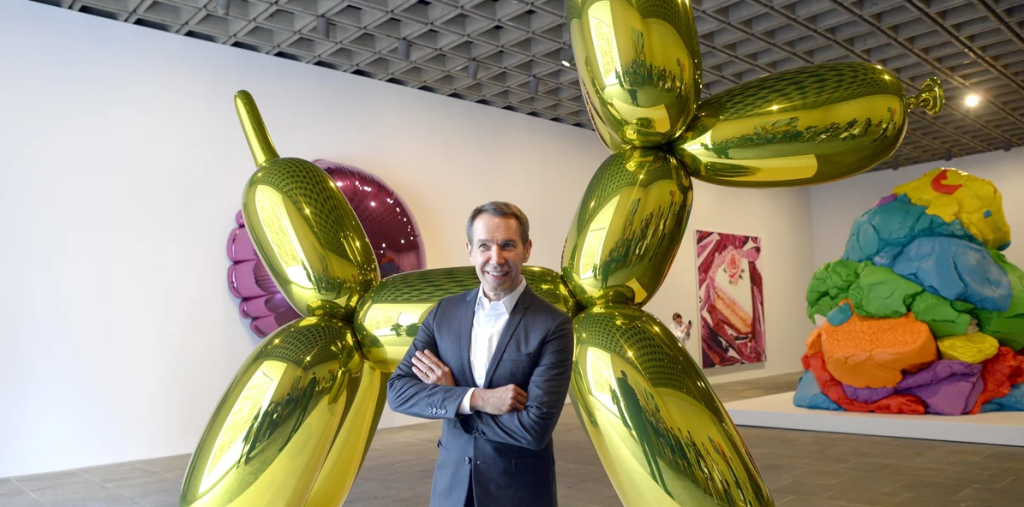The world of art is constantly evolving, with artists pushing boundaries and exploring new ideas. One artist who has sparked much debate and controversy in the art world is Jeff Koons.
Jeff Koons is known for his larger-than-life sculptures that often depict everyday objects in a glossy, highly polished manner. His work is often seen as a commentary on consumerism and popular culture.
Replicas or Rip-offs?
Many people see Koons’ work as innovative and groundbreaking, pushing the boundaries of what is considered art. However, some critics have accused Koons of intellectual theft, claiming that his work is nothing more than replicas of existing objects.
In recent years, Koons has faced multiple lawsuits from artists who claim that he has copied their work without permission. These lawsuits have sparked a larger conversation about where the line is drawn between artistic inspiration and intellectual theft.
Artistic Innovation or Plagiarism?
Proponents of Koons argue that his work is a form of artistic innovation, taking ordinary objects and turning them into something extraordinary. They believe that Koons’ work challenges traditional notions of what constitutes art and encourages viewers to see the world in a new light.
Critics, on the other hand, argue that Koons’ work is nothing more than a glorified copy of existing objects. They believe that Koons’ lack of originality undermines the value of true artistic expression and creativity.
The Debate Continues
The controversy surrounding Jeff Koons and his replicas shows no signs of slowing down. As long as artists continue to push boundaries and challenge conventional ideas of art, debates about originality and intellectual property will always be a part of the conversation.
Whether you see Koons’ work as a form of artistic innovation or as intellectual theft, one thing is certain – his work has sparked a larger conversation about the role of art in our society and the boundaries of creativity.


